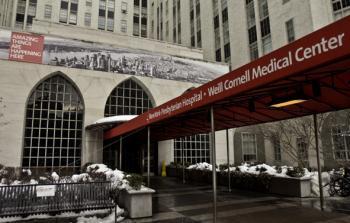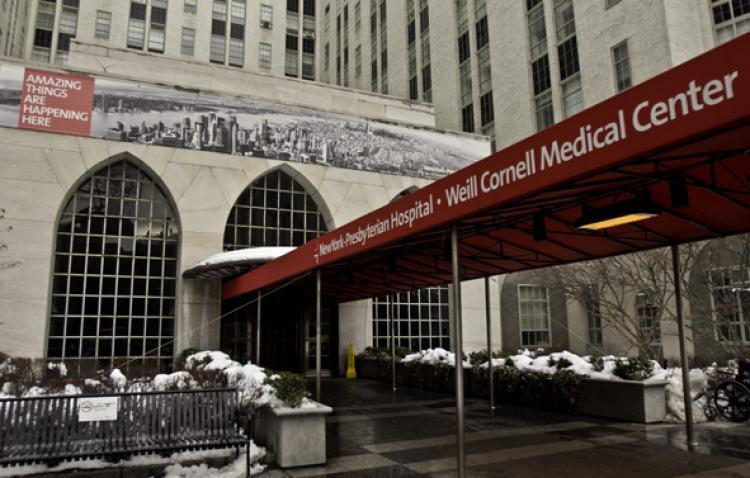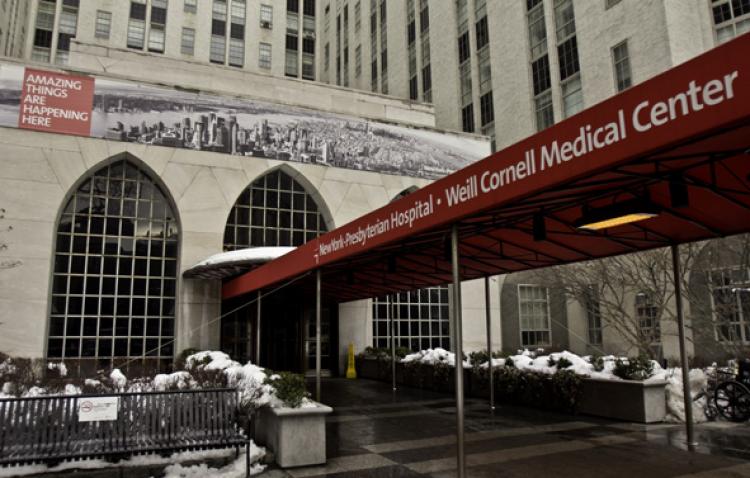NEW YORK—New York City is No. 50 on the list of top 50 cities for hospital care, according to a report released last week by Health Grades, an independent health care evaluation company. The cities were chosen based on the highest concentration of best hospitals.
Approximately 5,000 medical facilities across the nation were assessed for mortality rates and the incidence of in-hospital complications. Medicare patients from 26 different diagnoses and medical-procedure groups were included in the study. A risk adjustment was performed to take into account different levels of illness severity among patients.
The list was then narrowed down to the top 286 hospitals, or the highest 5 percent. New York state is home to nine of these hospitals, with two located in New York City: the Maimonides Medical Center in Brooklyn and the New York-Presbyterian Hospital, including Weill Cornell and Columbia University medical centers, in Manhattan.
Hospital ratings are increasingly affecting hospital revenues.
Government and private customers increasingly turn to a pay-for-performance model as they become aware of the disparity in performance between hospitals, report Medpage Today and Feirce Health Finance, two online health care publications. According to this model, doctors will earn less if their hospital is rated lower.
“What sounds good in theory turns out in reality to punish doctors who take care of more high-risk patients, and actually financially incentivizes discrimination,” Dr. Martin Makary told Feirce Health Finance. He is a surgeon, an associate professor of public health, and a senior author of a report on pay-for-performance health care purchasing.
While Health Grades has accounted for “underlying medical conditions” in adjusting the risk, their methodology is missing one factor that Makary says weighs heavily on treatment effectiveness and risk: obesity. Morbid obesity is linked to surgical complications, according to peer-reviewed Medpage Today.
Dr. Christopher Thompson of Brigham and Women’s Hospital in Boston noted that insurance companies are also placing a lot of stock in this information, according to Medpage Today. With African American and Latino communities experiencing a much higher incidence of obesity, “the fear is that [too many] centers will stop taking these types of patients,” Thompson said.
Health Grades also conducted a survey to find out how individuals use ratings to choose their health care facility. Approximately 94 percent of consumers reported that they would go out of their way to visit a highly rated hospital. This survey was conducted on the organization’s website, however, which implies that consumers providing this input were already among those concerned enough to visit the website. The survey’s sample size of 15,000 is not a small number though, indicating that many people hold such ratings to be important.
Approximately 5,000 medical facilities across the nation were assessed for mortality rates and the incidence of in-hospital complications. Medicare patients from 26 different diagnoses and medical-procedure groups were included in the study. A risk adjustment was performed to take into account different levels of illness severity among patients.
The list was then narrowed down to the top 286 hospitals, or the highest 5 percent. New York state is home to nine of these hospitals, with two located in New York City: the Maimonides Medical Center in Brooklyn and the New York-Presbyterian Hospital, including Weill Cornell and Columbia University medical centers, in Manhattan.
Hospital ratings are increasingly affecting hospital revenues.
Government and private customers increasingly turn to a pay-for-performance model as they become aware of the disparity in performance between hospitals, report Medpage Today and Feirce Health Finance, two online health care publications. According to this model, doctors will earn less if their hospital is rated lower.
“What sounds good in theory turns out in reality to punish doctors who take care of more high-risk patients, and actually financially incentivizes discrimination,” Dr. Martin Makary told Feirce Health Finance. He is a surgeon, an associate professor of public health, and a senior author of a report on pay-for-performance health care purchasing.
While Health Grades has accounted for “underlying medical conditions” in adjusting the risk, their methodology is missing one factor that Makary says weighs heavily on treatment effectiveness and risk: obesity. Morbid obesity is linked to surgical complications, according to peer-reviewed Medpage Today.
Dr. Christopher Thompson of Brigham and Women’s Hospital in Boston noted that insurance companies are also placing a lot of stock in this information, according to Medpage Today. With African American and Latino communities experiencing a much higher incidence of obesity, “the fear is that [too many] centers will stop taking these types of patients,” Thompson said.
Health Grades also conducted a survey to find out how individuals use ratings to choose their health care facility. Approximately 94 percent of consumers reported that they would go out of their way to visit a highly rated hospital. This survey was conducted on the organization’s website, however, which implies that consumers providing this input were already among those concerned enough to visit the website. The survey’s sample size of 15,000 is not a small number though, indicating that many people hold such ratings to be important.







